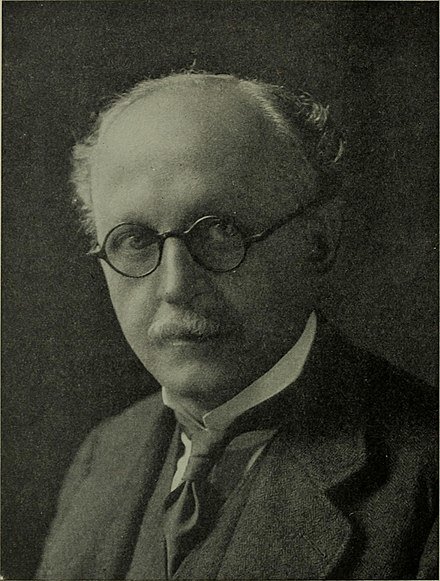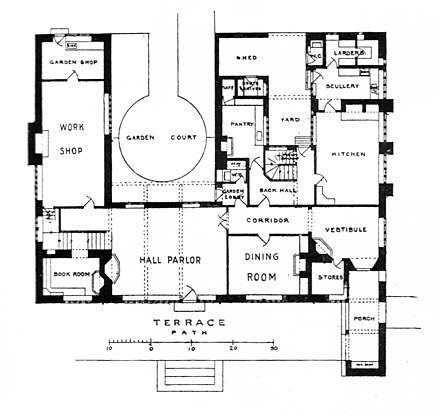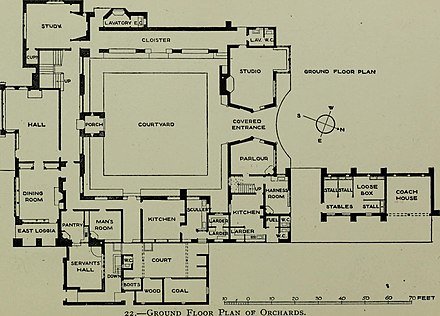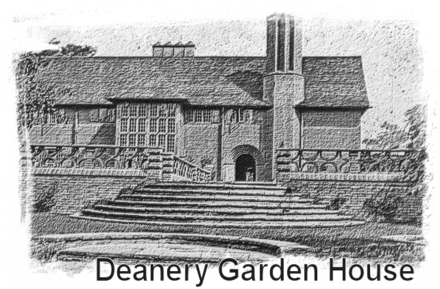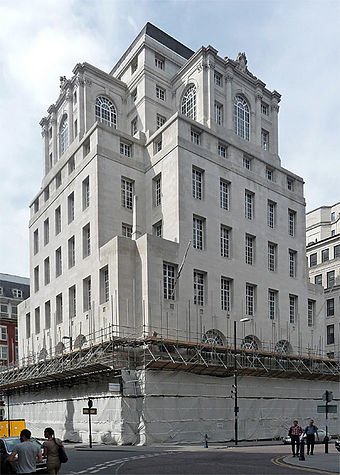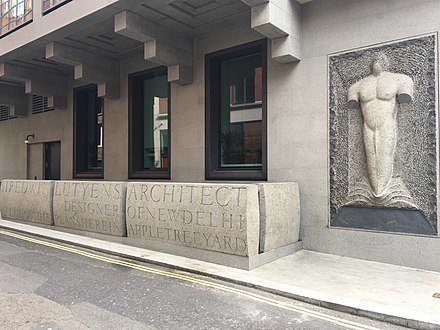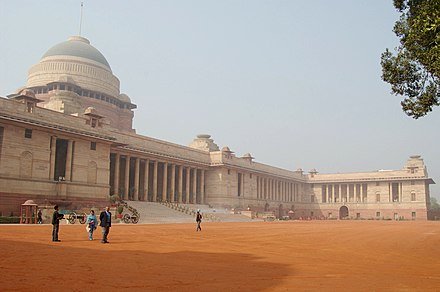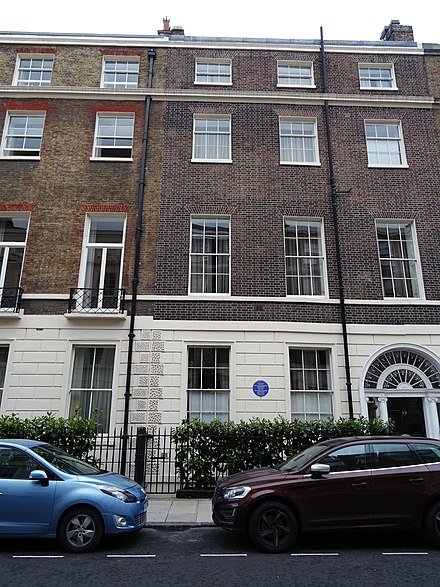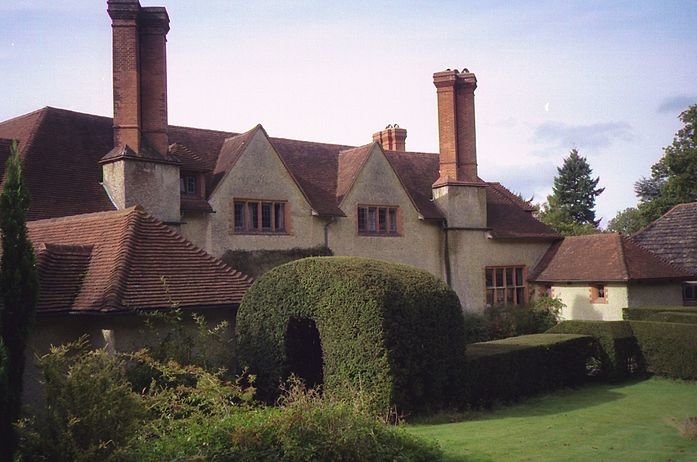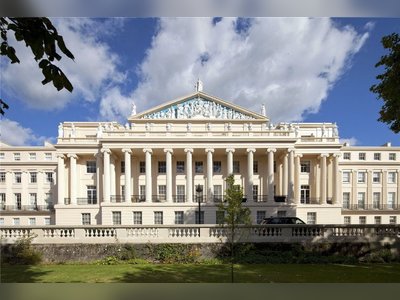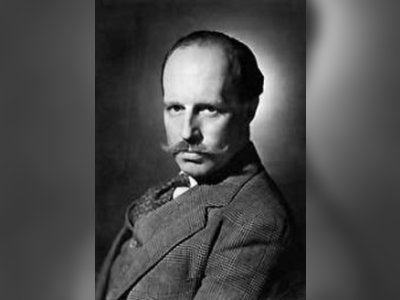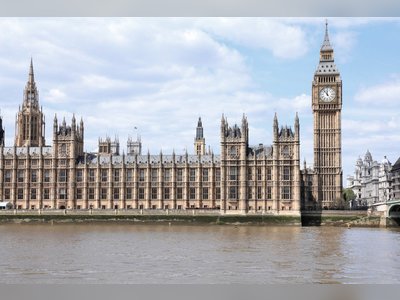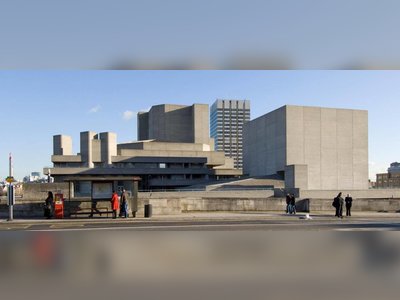British Heritage
Remember, Cherish, Learn.
beta
Edwin Lutyens
A Legacy of British Heritage.
Sir Edwin Landseer Lutyens, one of the greatest architects in British history, left an indelible mark on the landscape of his era through his imaginative adaptation of traditional architectural styles. Born on March 29, 1869, in Kensington, London, Lutyens designed numerous English country houses, public buildings, and war memorials, cementing his reputation as a master architect. His work not only contributed to the architectural heritage of Britain but also extended to the grand city of New Delhi, India, which is affectionately known as "Lutyens' Delhi." In this article, we explore the life, contributions, and remarkable achievements of Sir Edwin Lutyens.
Edwin Lutyens was the tenth of thirteen children born to Captain Charles Henry Augustus Lutyens, a soldier and painter, and Mary Theresa Gallwey, hailing from Killarney, Ireland. He spent his early years in Thursley, Surrey, where he grew up with a passion for architecture. Lutyens attended the South Kensington School of Art in London, studying architecture from 1885 to 1887. During this period, he had the opportunity to meet Sir Herbert Baker, with whom he would later collaborate on significant projects.
After working with the architectural firm of Ernest George and Harold Peto, Lutyens embarked on his own architectural practice in 1888. His first commission, a private house in Crooksbury, Farnham, Surrey, marked the beginning of his illustrious career. It was during this project that he met Gertrude Jekyll, the renowned garden designer and horticulturalist, with whom he would form a fruitful professional partnership. The "Lutyens-Jekyll" garden style, characterized by a blend of formal and informal elements, became emblematic of the quintessential English garden for generations to come.
Lutyens' early works prominently featured the Arts and Crafts style, strongly influenced by Tudor architecture and the vernacular designs of southeast England. Notable creations of this phase include Munstead Wood, Tigbourne Court, Orchards, and Goddards, showcasing his innovative approach to blending tradition with modernity.
Around the turn of the century, Lutyens transitioned to a more conventional Classicism, significantly impacting the trajectory of British architectural practice. His contributions extended beyond domestic architecture to larger projects, such as the Hampstead Garden Suburb in London and the grand Castle Drogo in Devon.
One of Lutyens' most significant endeavors was his instrumental role in designing New Delhi, the new imperial capital of British India. The project, carried out in collaboration with Sir Herbert Baker, aimed to create a grand city distinct from the existing Shahjahanabad (Old Delhi). Lutyens' architectural genius led to the inception of a new classical order, now known as the Delhi Order, characterized by a fusion of traditional Indian elements with classical architecture.
The majestic Viceroy's House, now known as Rashtrapati Bhavan, stands as a testament to his vision and creativity. This palatial building with 340 rooms and sprawling gardens showcases Lutyens' incorporation of Indian architectural influences and his ability to design monumental structures that leave a lasting impression.
As the First World War engulfed the world, Lutyens played a vital role in commemorating the fallen soldiers. He was appointed one of the principal architects for the Imperial War Graves Commission (now Commonwealth War Graves Commission) and contributed to the design of numerous war memorials. His most renowned works in this domain include the Cenotaph in Whitehall, London, and the Memorial to the Missing of the Somme at Thiepval.
Lutyens' architectural prowess was widely recognized during his lifetime. In 1918, he was knighted, and in 1920, he became a Royal Academician. Additionally, he was appointed a member of the newly created Royal Fine Art Commission in 1924. His influence extended beyond British borders, with commissions for commercial buildings in London and the British Embassy in Washington, D.C.
Lutyens married Lady Emily Bulwer-Lytton in 1897, with whom he had five children. However, their marriage faced challenges, and Lady Emily's evolving interests in theosophy and Eastern religions led to emotional and philosophical differences.
Sir Edwin Lutyens' architectural legacy endures through the grand structures that grace the British landscape and the iconic New Delhi cityscape. His ability to fuse traditional and modern elements, coupled with a profound understanding of architectural aesthetics, earned him a place among the most celebrated architects of his time. Through his masterpieces, Lutyens continues to be a beacon of inspiration for architects and enthusiasts alike, leaving an indelible mark on the British heritage and the global architectural landscape.
Early Life and Formative Years
Edwin Lutyens was the tenth of thirteen children born to Captain Charles Henry Augustus Lutyens, a soldier and painter, and Mary Theresa Gallwey, hailing from Killarney, Ireland. He spent his early years in Thursley, Surrey, where he grew up with a passion for architecture. Lutyens attended the South Kensington School of Art in London, studying architecture from 1885 to 1887. During this period, he had the opportunity to meet Sir Herbert Baker, with whom he would later collaborate on significant projects.
Rise to Prominence
After working with the architectural firm of Ernest George and Harold Peto, Lutyens embarked on his own architectural practice in 1888. His first commission, a private house in Crooksbury, Farnham, Surrey, marked the beginning of his illustrious career. It was during this project that he met Gertrude Jekyll, the renowned garden designer and horticulturalist, with whom he would form a fruitful professional partnership. The "Lutyens-Jekyll" garden style, characterized by a blend of formal and informal elements, became emblematic of the quintessential English garden for generations to come.
Architectural Style and Innovations
Lutyens' early works prominently featured the Arts and Crafts style, strongly influenced by Tudor architecture and the vernacular designs of southeast England. Notable creations of this phase include Munstead Wood, Tigbourne Court, Orchards, and Goddards, showcasing his innovative approach to blending tradition with modernity.
Around the turn of the century, Lutyens transitioned to a more conventional Classicism, significantly impacting the trajectory of British architectural practice. His contributions extended beyond domestic architecture to larger projects, such as the Hampstead Garden Suburb in London and the grand Castle Drogo in Devon.
New Delhi: A Monumental Undertaking
One of Lutyens' most significant endeavors was his instrumental role in designing New Delhi, the new imperial capital of British India. The project, carried out in collaboration with Sir Herbert Baker, aimed to create a grand city distinct from the existing Shahjahanabad (Old Delhi). Lutyens' architectural genius led to the inception of a new classical order, now known as the Delhi Order, characterized by a fusion of traditional Indian elements with classical architecture.
The majestic Viceroy's House, now known as Rashtrapati Bhavan, stands as a testament to his vision and creativity. This palatial building with 340 rooms and sprawling gardens showcases Lutyens' incorporation of Indian architectural influences and his ability to design monumental structures that leave a lasting impression.
Legacy and War Memorials
As the First World War engulfed the world, Lutyens played a vital role in commemorating the fallen soldiers. He was appointed one of the principal architects for the Imperial War Graves Commission (now Commonwealth War Graves Commission) and contributed to the design of numerous war memorials. His most renowned works in this domain include the Cenotaph in Whitehall, London, and the Memorial to the Missing of the Somme at Thiepval.
Recognition and Honors
Lutyens' architectural prowess was widely recognized during his lifetime. In 1918, he was knighted, and in 1920, he became a Royal Academician. Additionally, he was appointed a member of the newly created Royal Fine Art Commission in 1924. His influence extended beyond British borders, with commissions for commercial buildings in London and the British Embassy in Washington, D.C.
Marriage and Later Life
Lutyens married Lady Emily Bulwer-Lytton in 1897, with whom he had five children. However, their marriage faced challenges, and Lady Emily's evolving interests in theosophy and Eastern religions led to emotional and philosophical differences.
Conclusion
Sir Edwin Lutyens' architectural legacy endures through the grand structures that grace the British landscape and the iconic New Delhi cityscape. His ability to fuse traditional and modern elements, coupled with a profound understanding of architectural aesthetics, earned him a place among the most celebrated architects of his time. Through his masterpieces, Lutyens continues to be a beacon of inspiration for architects and enthusiasts alike, leaving an indelible mark on the British heritage and the global architectural landscape.
- Edwin Lutyensen.wikipedia.org
